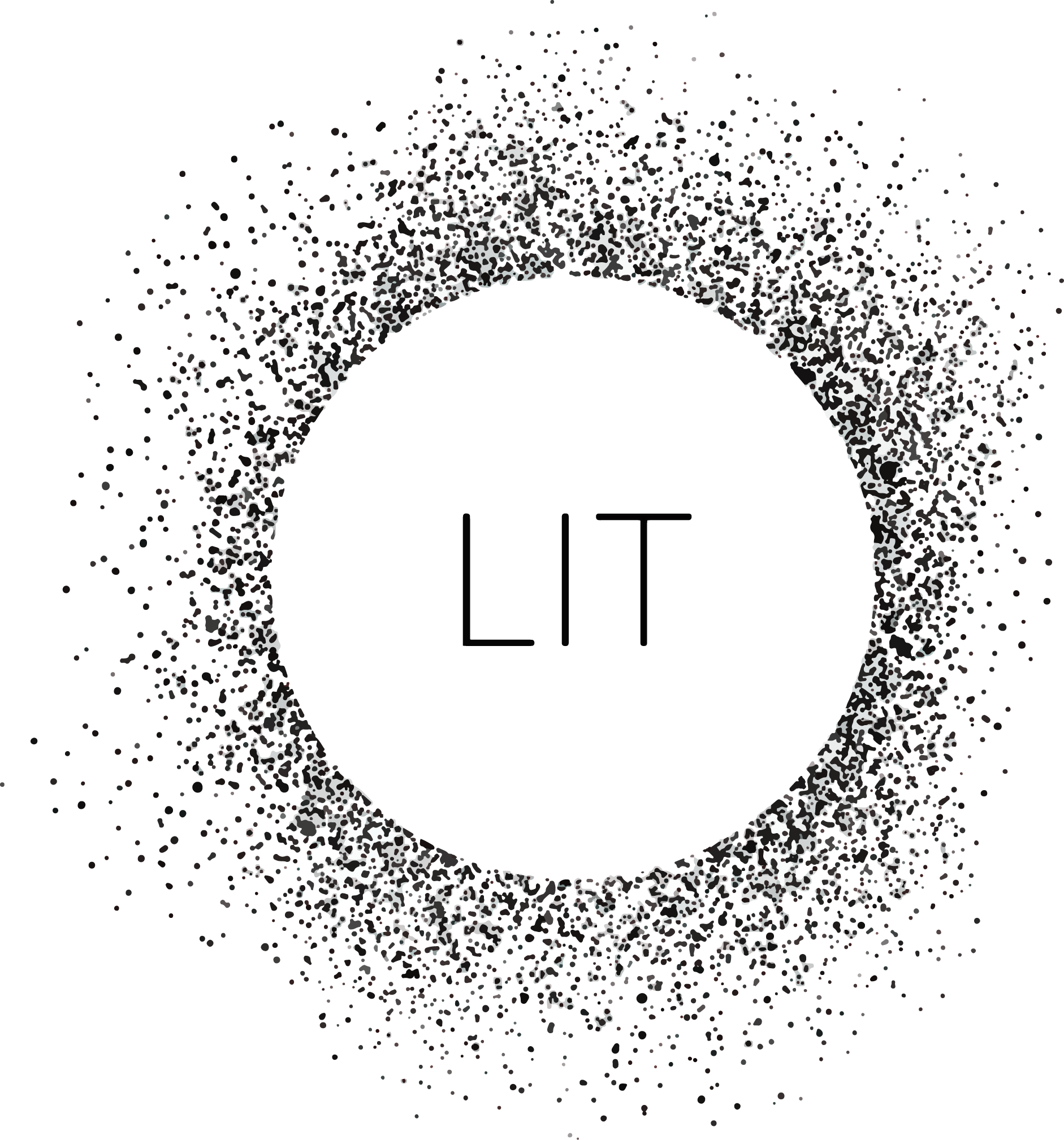Paola handal (Talk | contribs) |
|||
| Line 944: | Line 944: | ||
<div style="border:none" class="text-section"> | <div style="border:none" class="text-section"> | ||
<p style="font-size: 18px; font-weight: 200" class="intro-homepage">UCL iGEM 2017 presents</p> | <p style="font-size: 18px; font-weight: 200" class="intro-homepage">UCL iGEM 2017 presents</p> | ||
| − | <p class="intro-homepage">LIT(Light Induced Technologies)</p> | + | <p class="intro-homepage">LIT (Light Induced Technologies)</p> |
<p class="text-content-new">We developed applications for biological light switches. The mission was to standardise optogenetic tools for wider use in synthetic biology and to show how we can apply them in tissue engineering, building architectural structures and producing bacterial light bulbs.</p> | <p class="text-content-new">We developed applications for biological light switches. The mission was to standardise optogenetic tools for wider use in synthetic biology and to show how we can apply them in tissue engineering, building architectural structures and producing bacterial light bulbs.</p> | ||
</div> | </div> | ||
| Line 955: | Line 955: | ||
<div id="bulb"> | <div id="bulb"> | ||
| − | <p class="pop-text">We | + | <p class="pop-text">We developed and prototyped a bacterial light-bulb - one that uses light-repressible bioluminescence and co-culturing to create an efficient and sustainable solution for public illumination. <i>E. coli</i> is engineered to regulate its bioluminescence in response to sunlight levels using a photosensitive protein and a blue-light repressible promoter. These cells will be co-cultured with photosynthetic cyanobacteria, <i>Synechococcus elongatus</i>, engineered to secrete sucrose through heterologous sucrose transporters.</p> |
</div> | </div> | ||
<div id="barc"> | <div id="barc"> | ||
| − | <p class="pop-text">We | + | <p class="pop-text">We developed transcriptional and post-translational light switches for the induction of cellular aggregation. Transcriptional control of cell aggregation is achieved through the synthesis of our cell aggregation proteins under the control of our blue light inducible promoter and a blue light sensitive transcriptional inducer protein. Post-translational control is achieved by photocaging one of our proteins involved in cell aggregation using an unnatural amino acid, rendering it inactive unless exposed to UV light. Guided by light, cells will be directed to form 3D structures by adhering to each other and simultaneously producing and binding a desired polymer (PHA/silicates).</p> |
</div> | </div> | ||
Revision as of 14:11, 26 October 2017
UCL iGEM 2017 presents
LIT (Light Induced Technologies)
We developed applications for biological light switches. The mission was to standardise optogenetic tools for wider use in synthetic biology and to show how we can apply them in tissue engineering, building architectural structures and producing bacterial light bulbs.
We used biological light switches to design an organ printing system
We developed and prototyped a bacterial light-bulb - one that uses light-repressible bioluminescence and co-culturing to create an efficient and sustainable solution for public illumination. E. coli is engineered to regulate its bioluminescence in response to sunlight levels using a photosensitive protein and a blue-light repressible promoter. These cells will be co-cultured with photosynthetic cyanobacteria, Synechococcus elongatus, engineered to secrete sucrose through heterologous sucrose transporters.
We developed transcriptional and post-translational light switches for the induction of cellular aggregation. Transcriptional control of cell aggregation is achieved through the synthesis of our cell aggregation proteins under the control of our blue light inducible promoter and a blue light sensitive transcriptional inducer protein. Post-translational control is achieved by photocaging one of our proteins involved in cell aggregation using an unnatural amino acid, rendering it inactive unless exposed to UV light. Guided by light, cells will be directed to form 3D structures by adhering to each other and simultaneously producing and binding a desired polymer (PHA/silicates).


